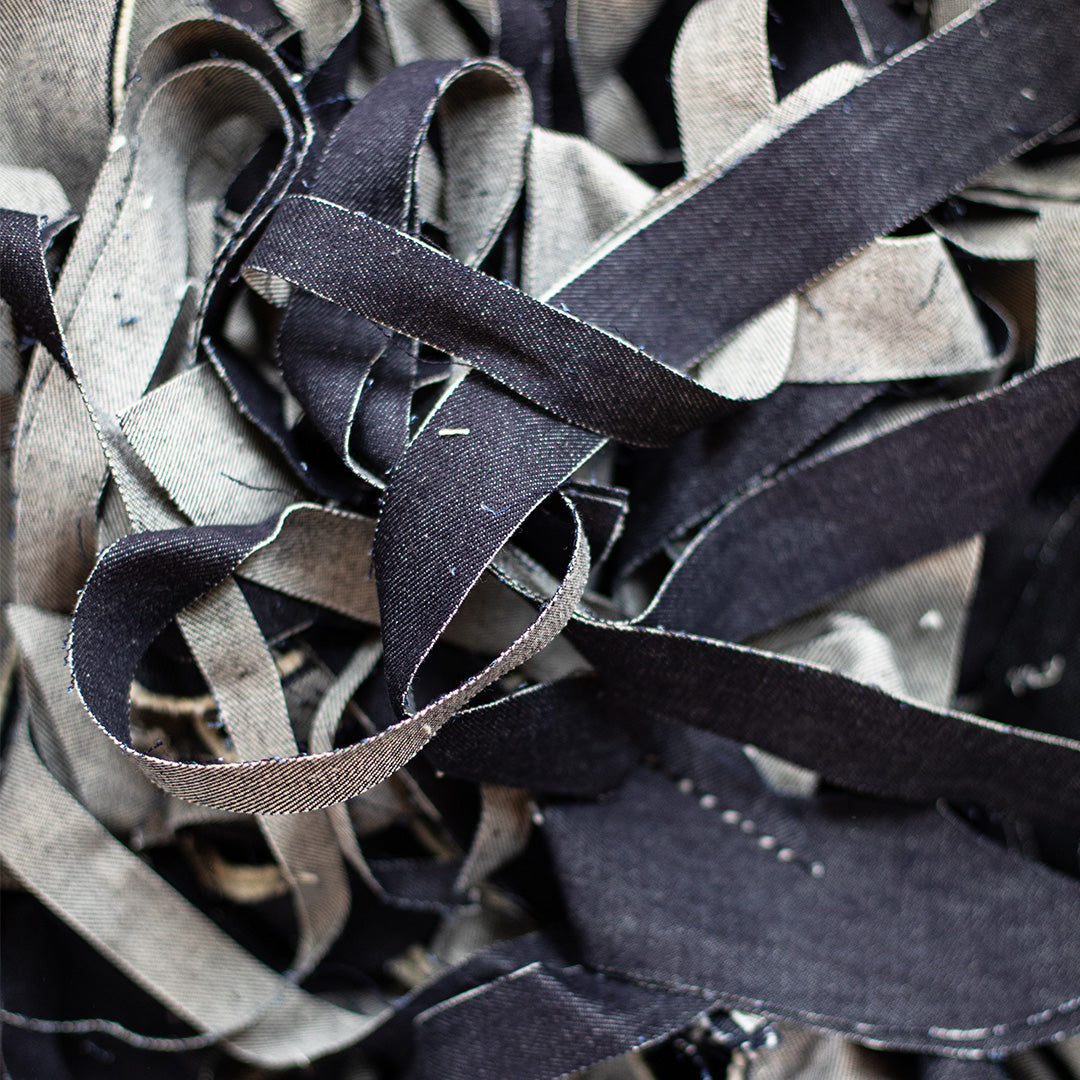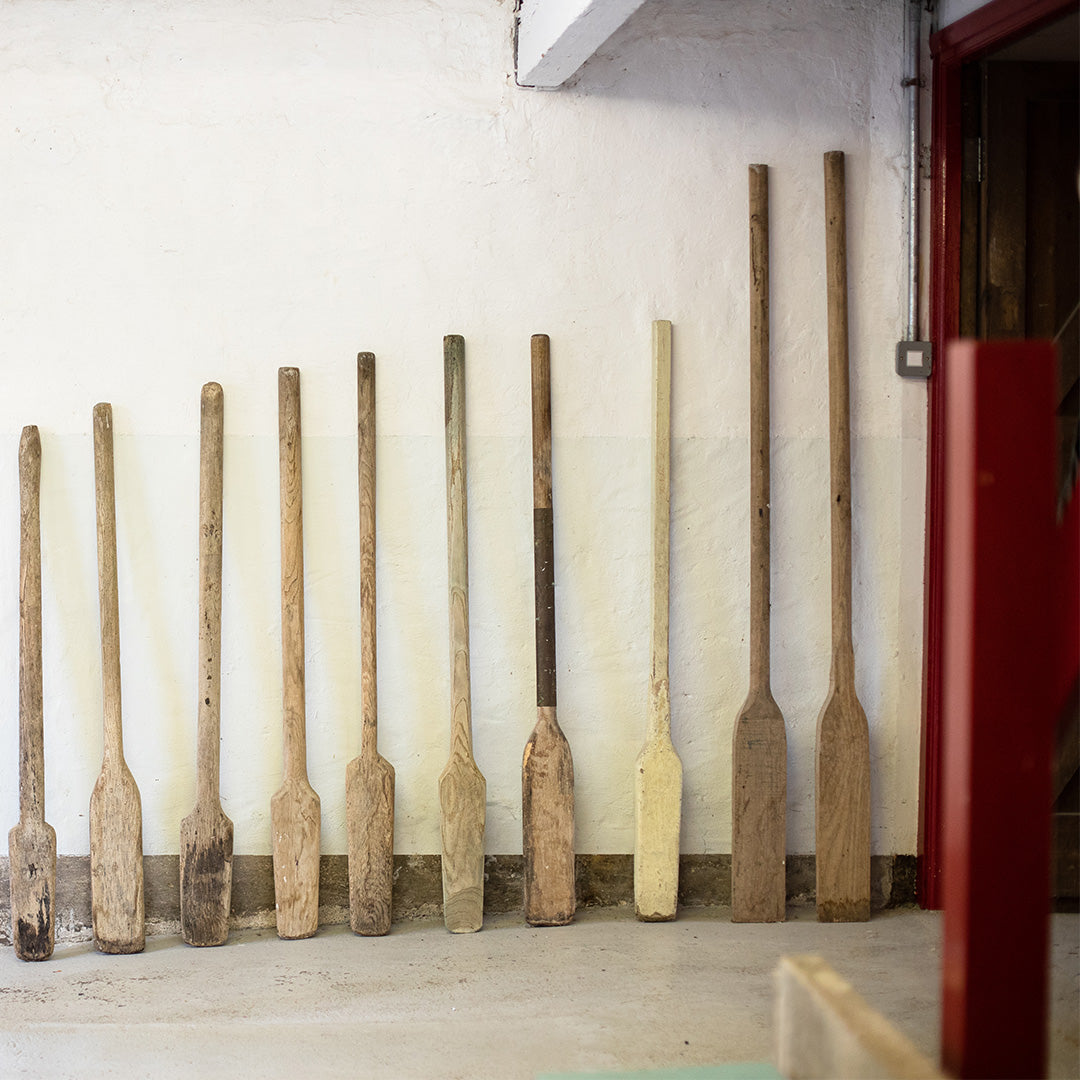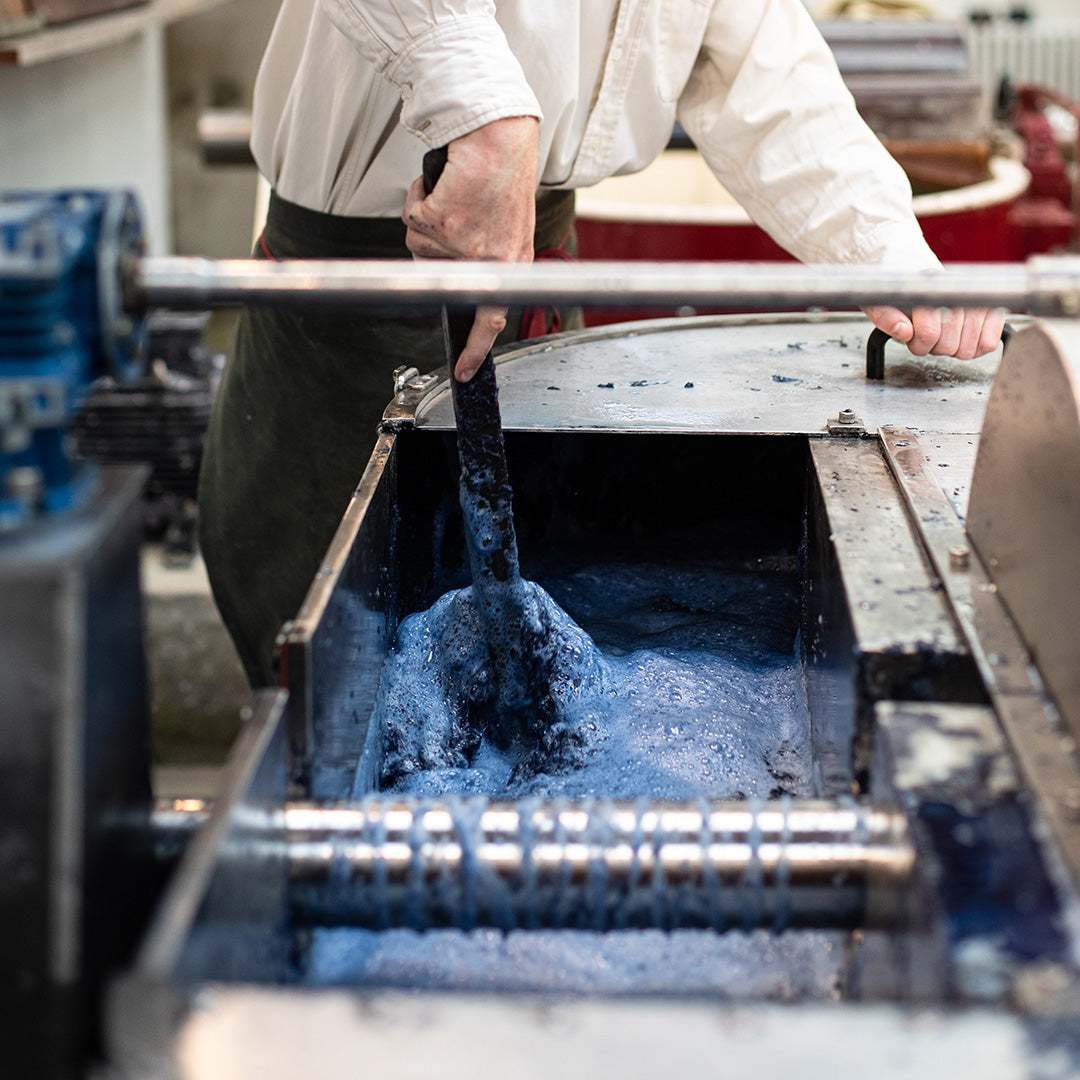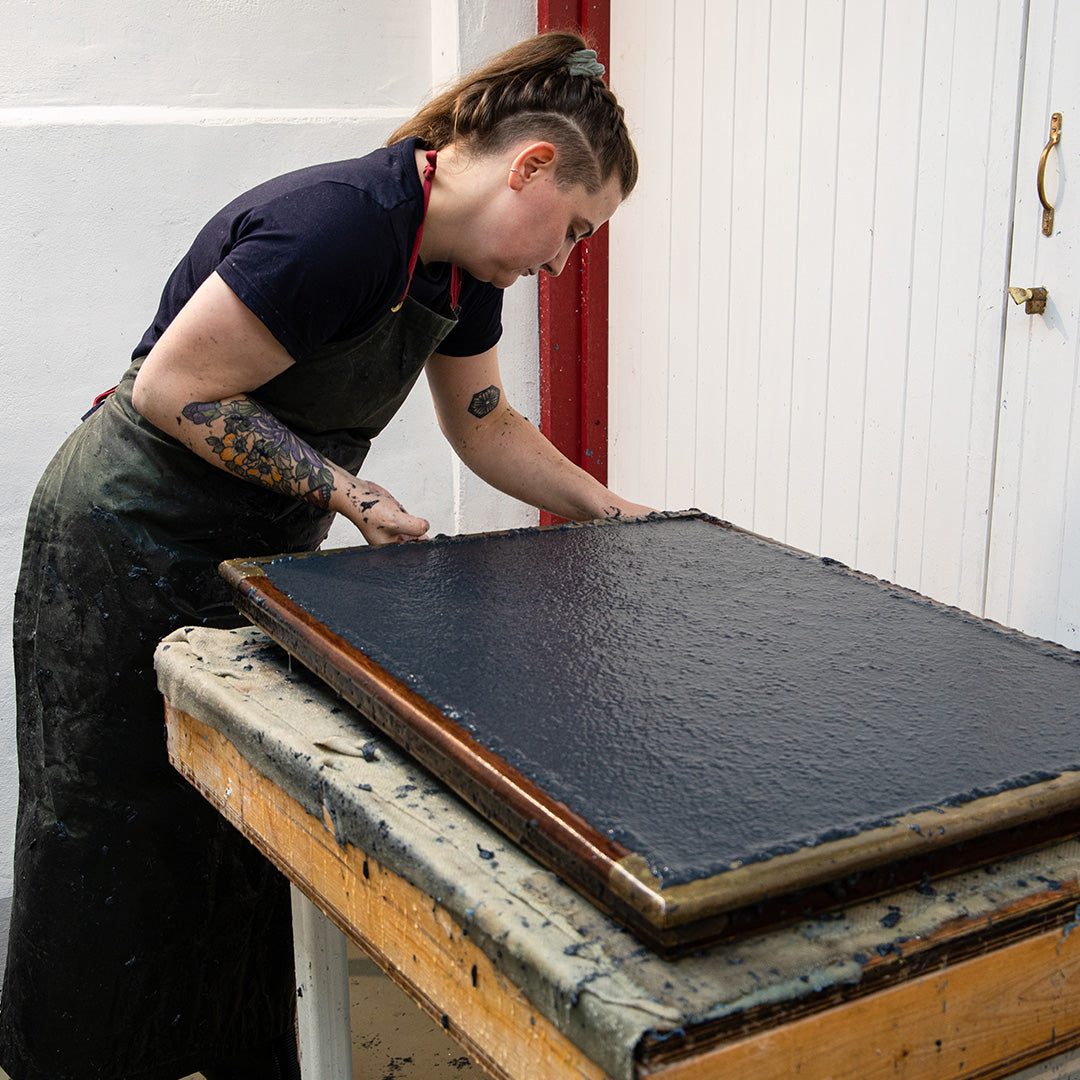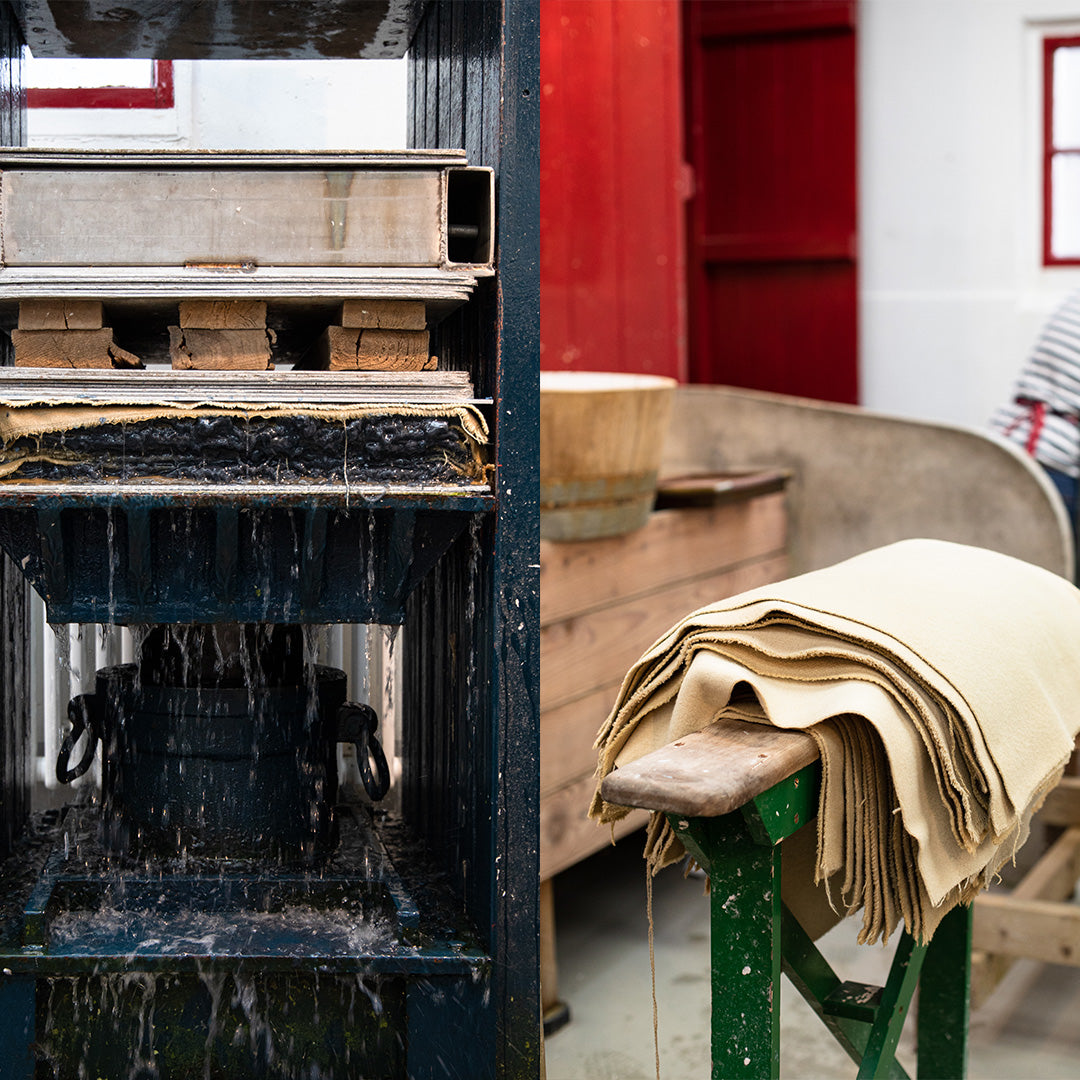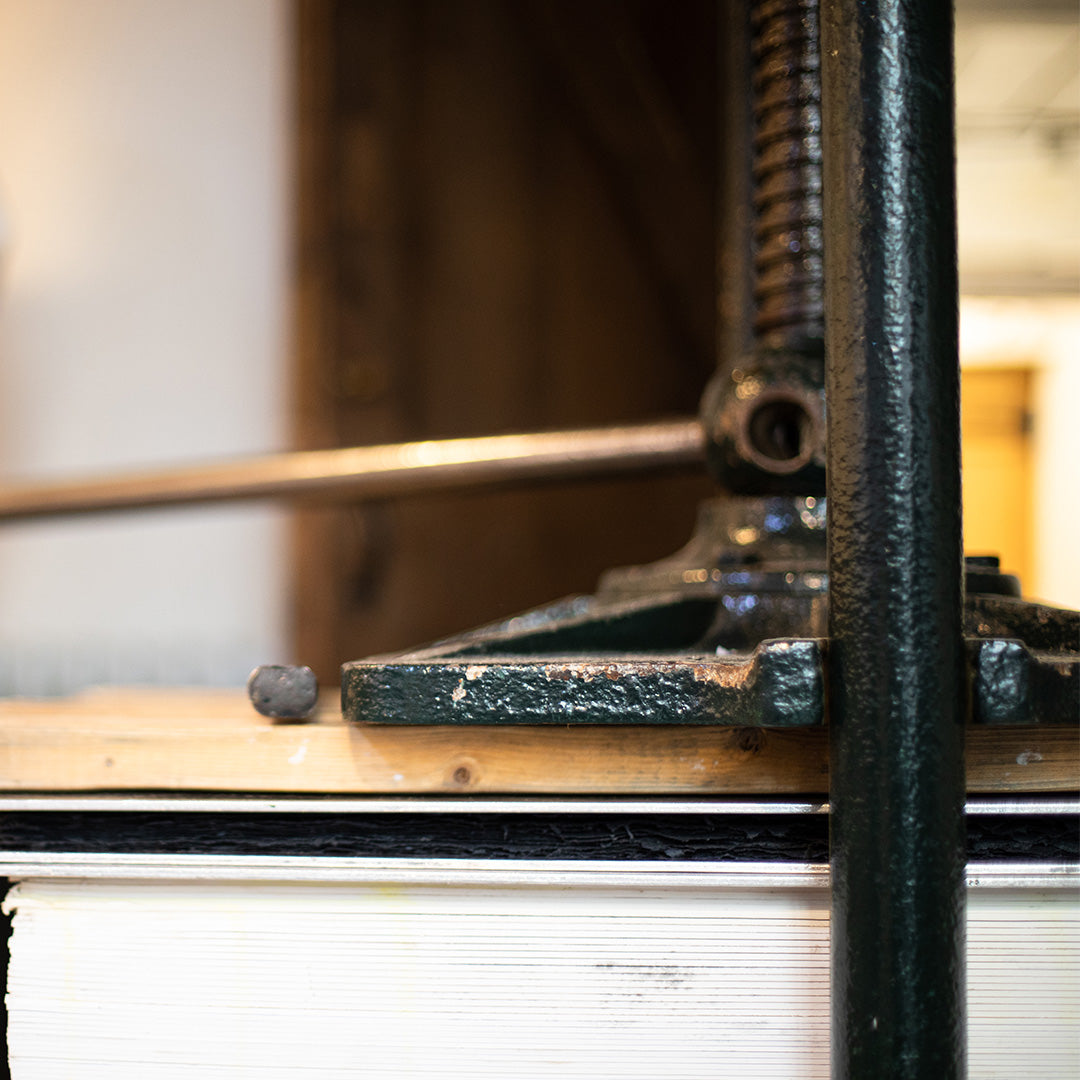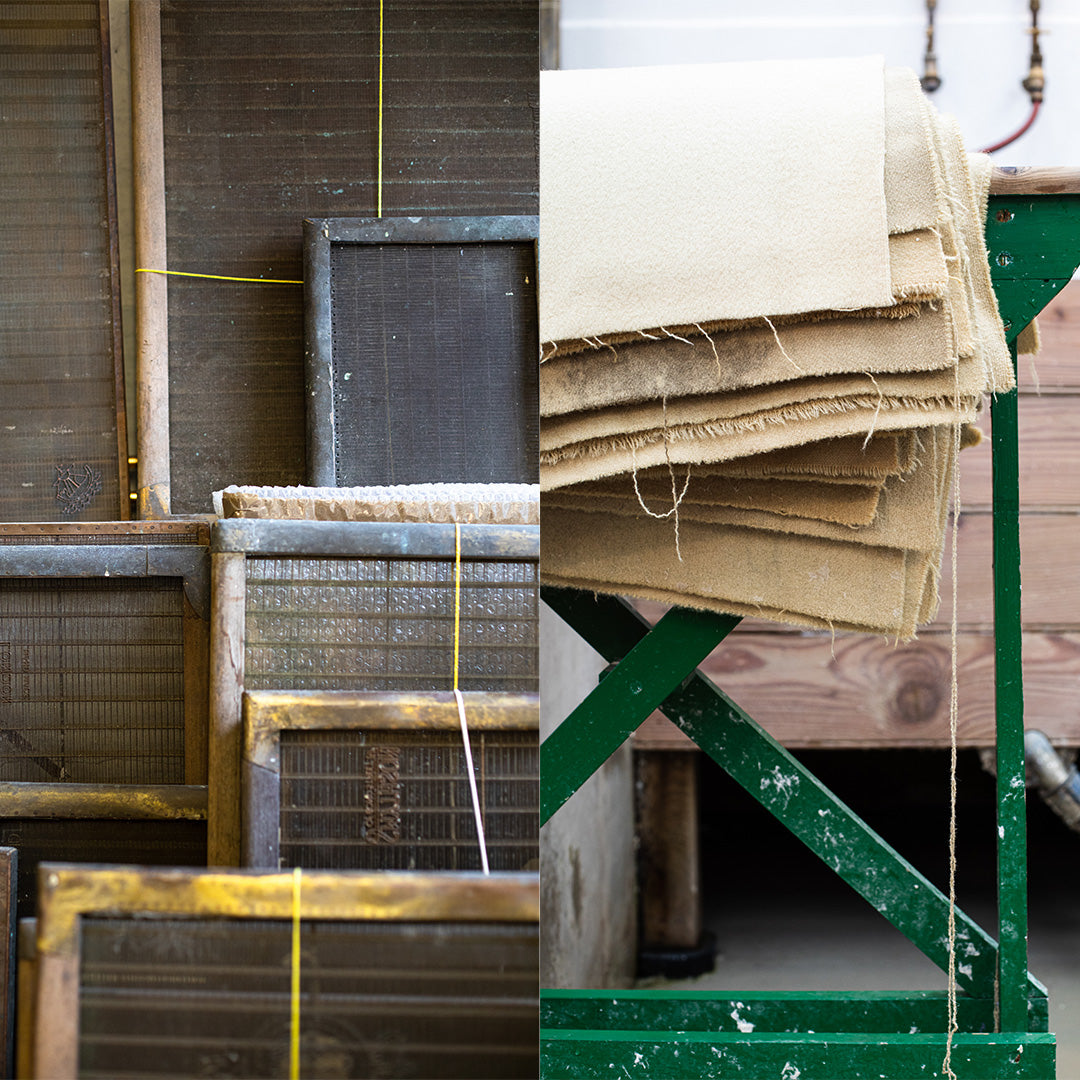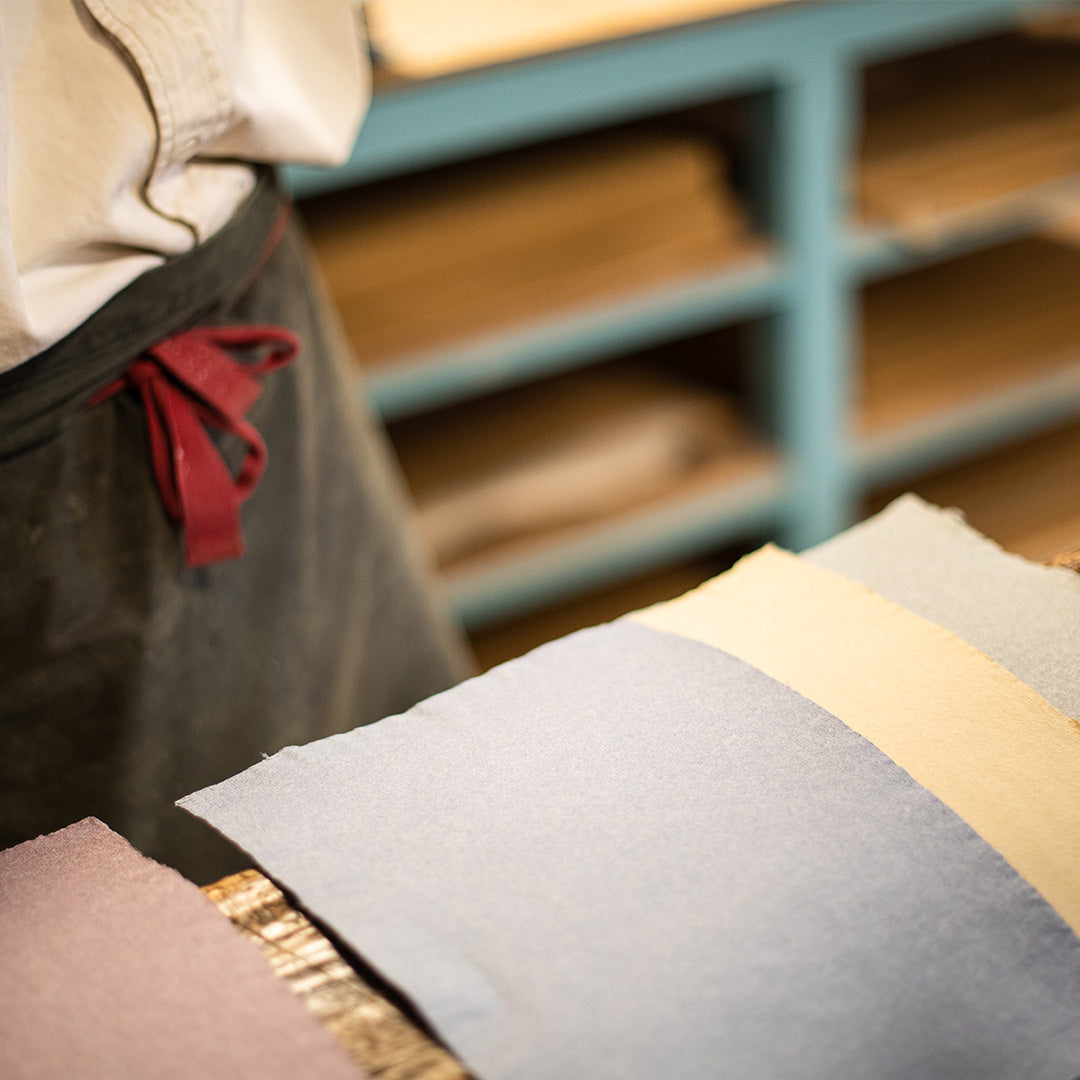Historically, the best quality paper was made from textile rag, either post production waste or end of life garments, and reviving these old methods creates a solution to the problem the industry is facing today. Community Clothing has taken the scraps of denim left from the production of the denim collections, and turned it into paper.
